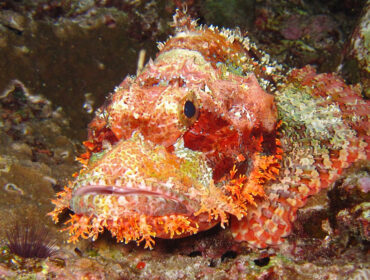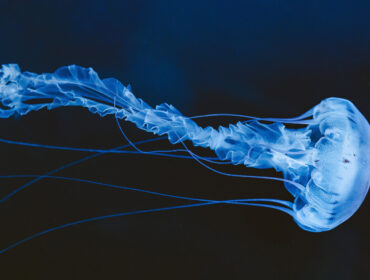Beachgoers in Cabo San Lucas got quite a shock this week when a strange sea creature washed ashore, silvery in appearance and measuring 15 feet in length. Three men were observed holding the creature, who was very clearly in its death throes as it gasped for air in the shallow waters. As a crowd gathered, several attempts were made to help the creature make its way back into the deep waters of the Sea of Cortez. Despite their efforts, the animal perished, and after what was no doubt a picture-snapping frenzy, it was taken away to be the subject of scientific research. But the bizarre size and silvery sheen of the creature left many wondering if they had perhaps witnessed the existence of a fabled sea monster, a creature who has been described in many a seaman’s tale, but never quite verified with evidence. Could this be history in the making?
While the creature may indeed have been the culprit in any number of tall tales about monsters from the depths of the sea, identification of the mysterious animal was not the missing piece of a cryptozoology puzzle, but rather was revealed to be a creature well-known to science: an ordinary oarfish.
Oarfish hail from the order Lampriformes, a group of ray-finned fishes with elongated, ribbon-like bodies. The dorsal fin of the oarfish runs the entire length of its body, from eyes to tail, and ranges in color from a pale pink to a very bright red or orange. Instead of scales, the oarfish’s flesh is covered in silvery guanine, a fundamental constituent in DNA and RNA, a substance that is regularly used to give an iridescent pearly sheen to paints, shampoos, and other cosmetics.
The oarfish has no swim bladder, an organ that ray-finned fish have in their bodies to help control their buoyancy, reducing the amount of energy spent on swimming. It was believed up until recently that the oarfish used its pectoral fins to swim, but recent evidence has revealed that the dorsal fin is responsible for locomotion, rhythmically undulating as the body stays straight. The oarfish has a protruding mouth with no teeth, and preys upon zooplankton, squid, and jellyfish — a far cry from the terrifying fate sailors met in the multitude of sea monster stories.
What little is known about the oarfish can mostly be attributed to specimens found adrift at sea, as accidental bycatch, or washed up on shore, with very few sightings of the unusual fish at depth in its natural habitat. Scientists believe that the oarfish is likely a deep sea creature, possibly diving to depths of up to 1,000 meters. Because oarfish only linger at the surface when sick or dying, it is highly likely that these massive creatures were the inspiration for many a sea monster tale, as species within the Lampriformes order are capable of growing to lengths of up to 15 meters.
Unusually high numbers of the fish began washing up on Japanese shores between December 2009 and March 2010, leading to speculation that the oarfish is an omen for earthquakes. Because sea monster mysteries have many theories for explanation but no resounding proof, the oarfish could be considered a likely candidate. It wouldn’t be hard to draw that conclusion if you ever happened upon an enormous creature like the oarfish!




